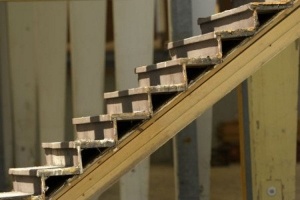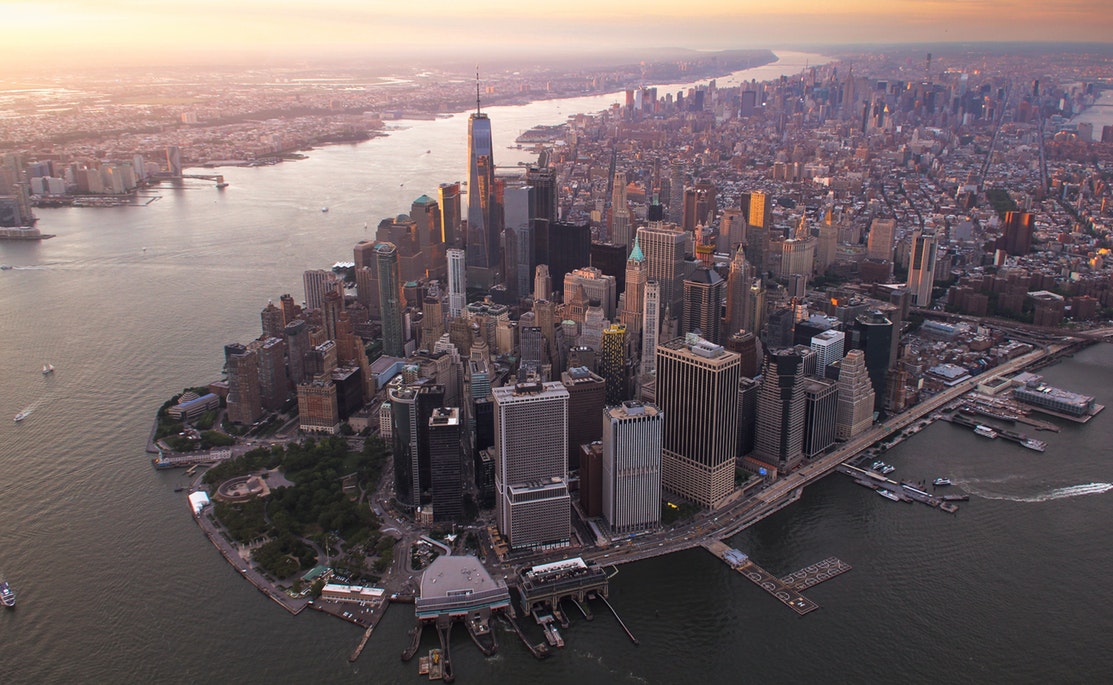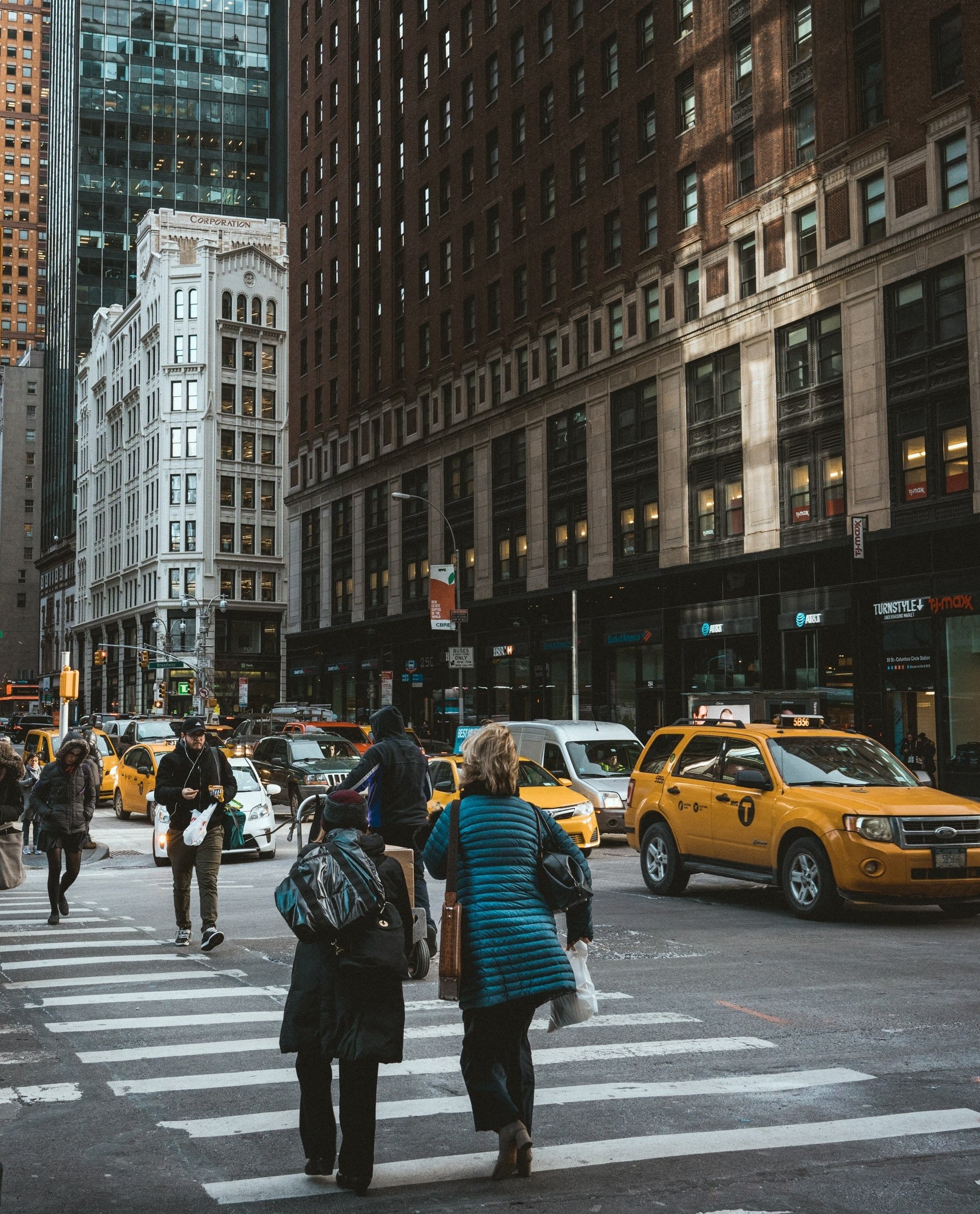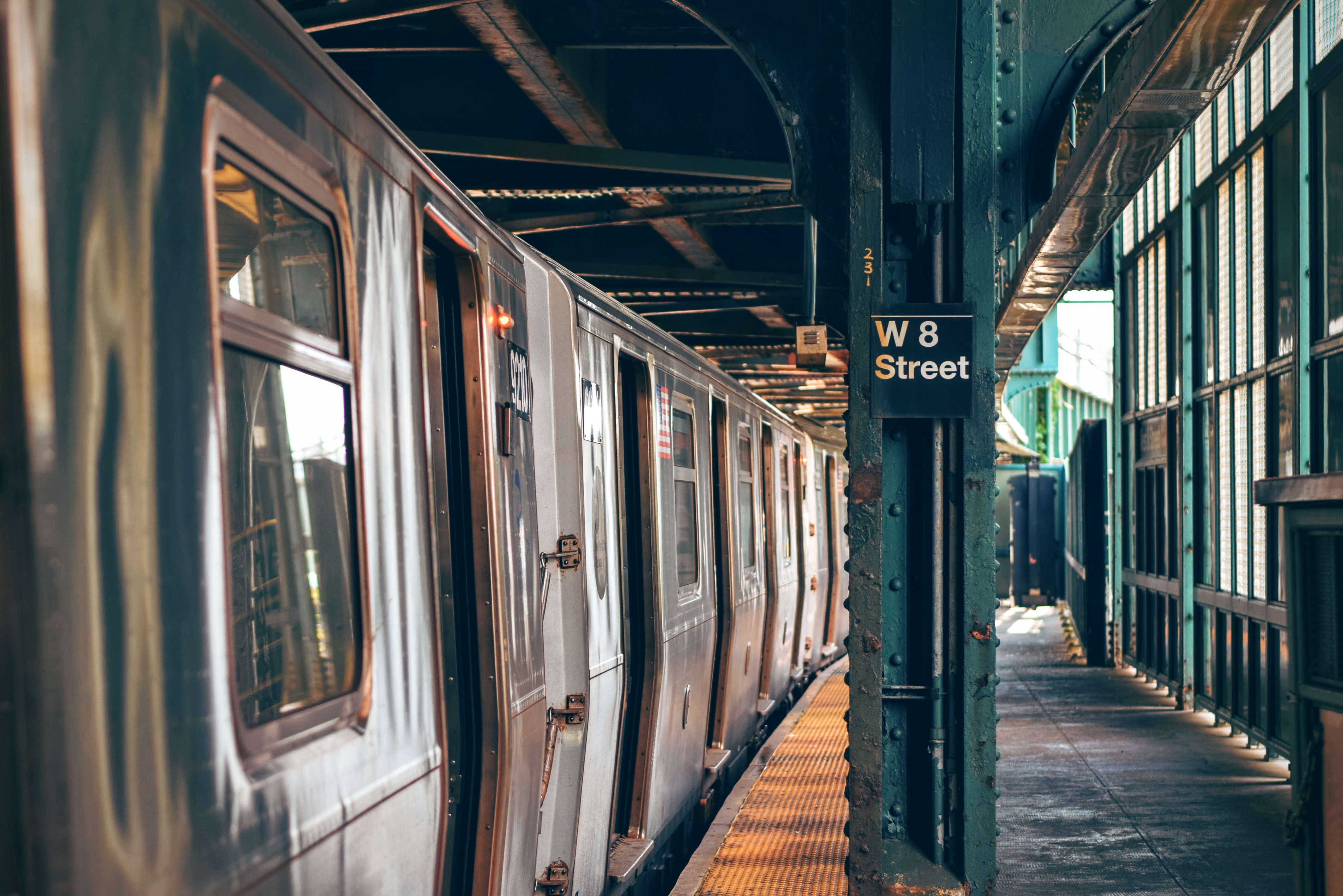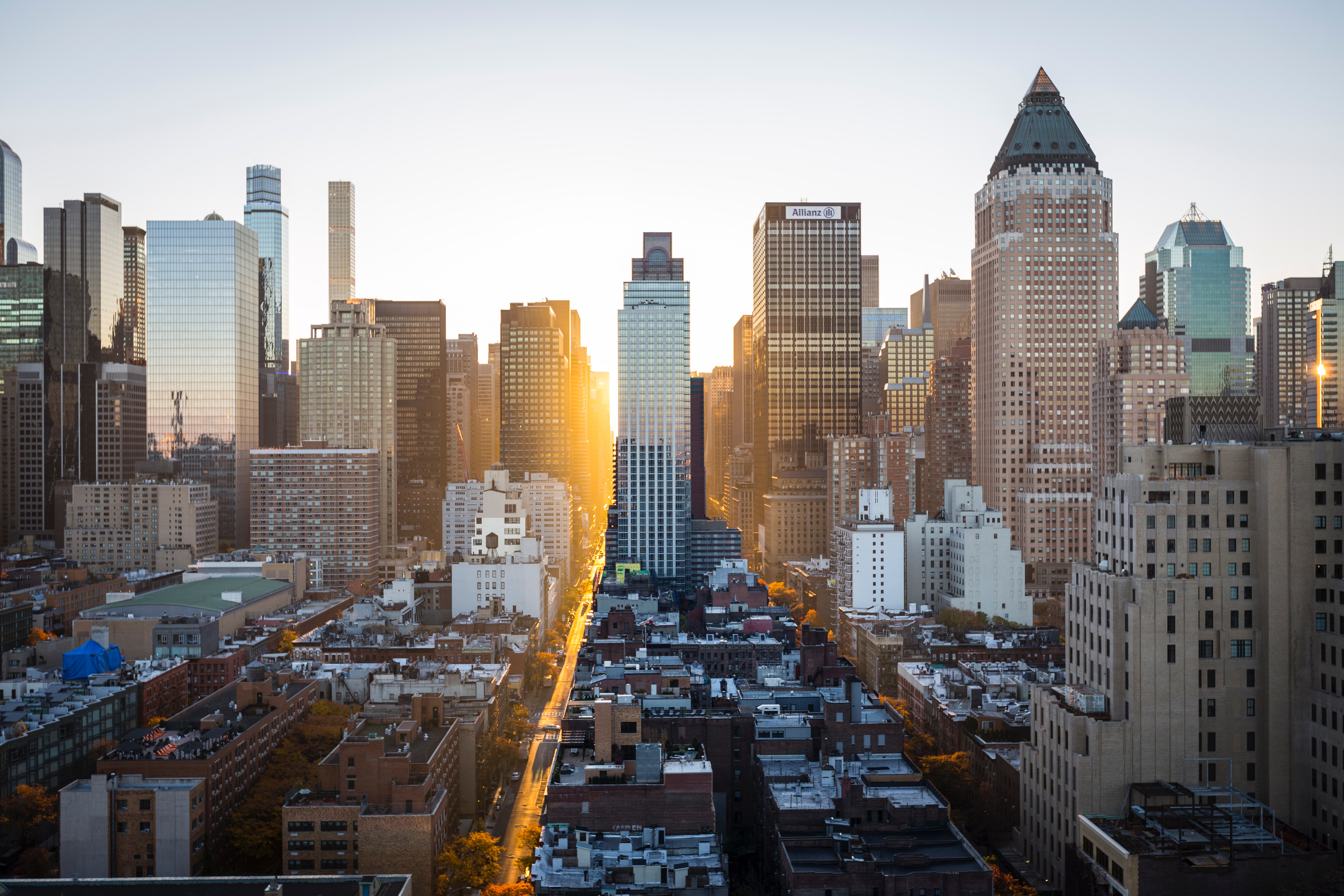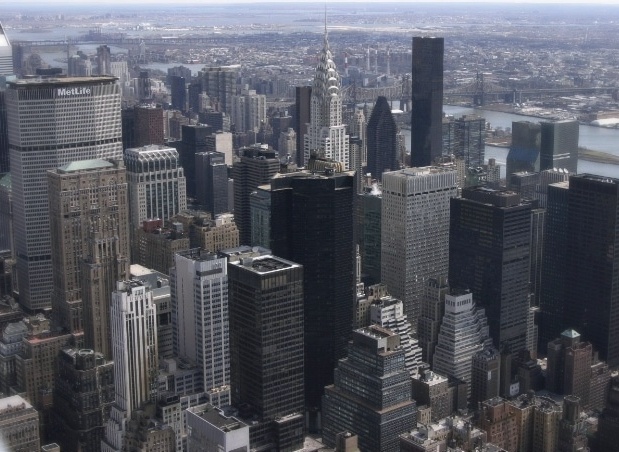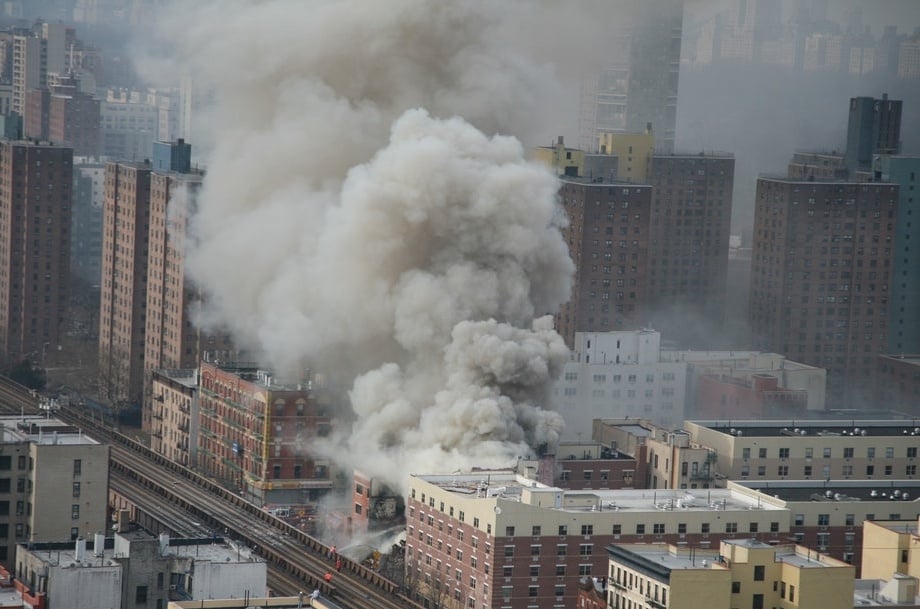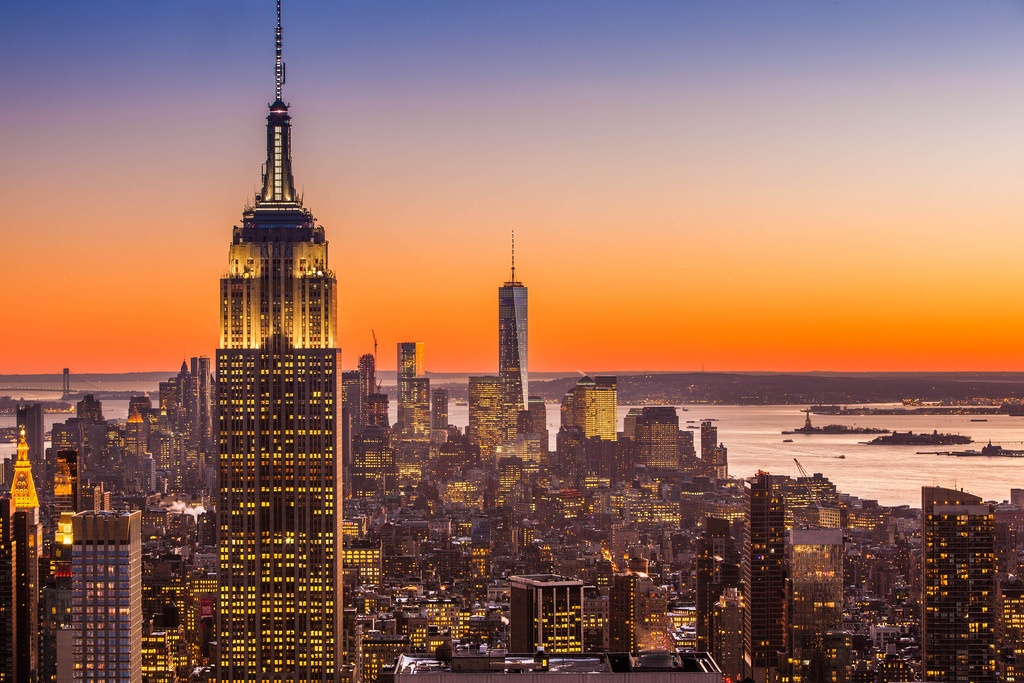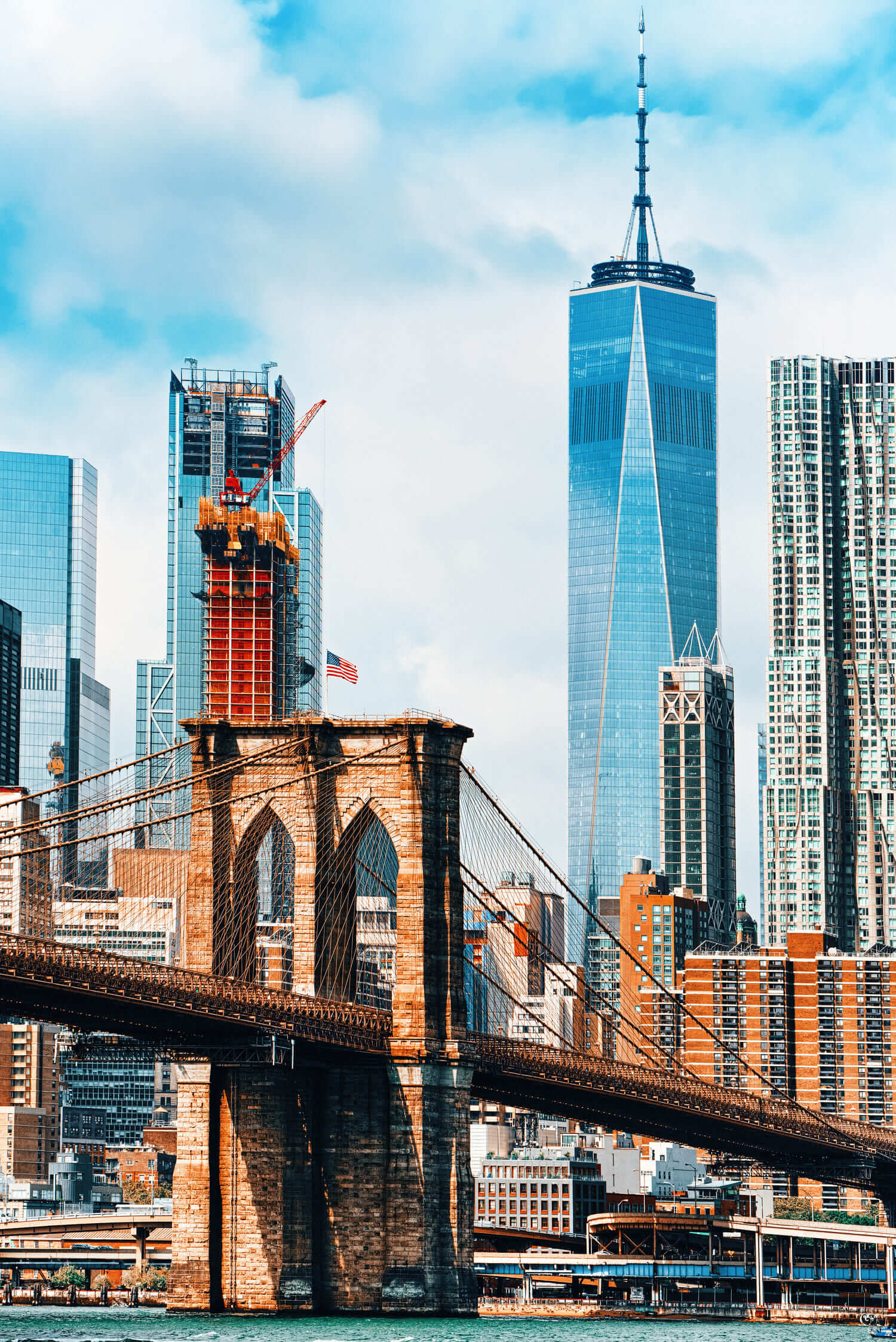
BURNHAM's BLOG
Stay informed from concept to creation
The Final Review shares the knowledge of Burnham’s experts in building permit expediting and code compliance. Learn about different jurisdictional building permit requirements, and stay up-to-date on the Americans with Disabilities Act and local accessibility standards. Follow the latest in sustainability, including building energy codes and sustainability design developments.
Stay Informed
Posts By Tom Walsh
The Final Review
POSTS BY TOPIC

